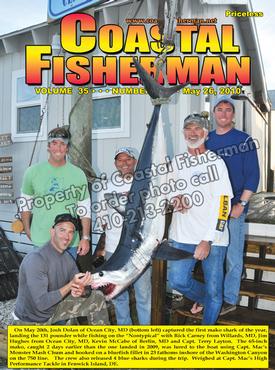


Article by Pat Schrawder
 Broadband Radar The Next Wave?
Broadband Radar The Next Wave?
Within the marine electronic industry, many new products are introduced each year but very few really new technologies emerge. Most often, there are just improvements on older technology. The latest development has been the introduction of “broadband radar”.
The standard radar unit that has been on the market for a while now has been a “pulse” radar that uses a magnetron to generate a pulsed microwave signal. The radar unit’s magnetron sends a burst signal of microwave pulsed energy that travels through the air until it strikes an object of greater density than the air in which it is traveling. This denser object reflects the signal back to the radar antenna which, in turn, shows it on any one of a number of different types of display screens, depending upon the manufacturer and model.
Broadband radar sends out a continuous signal of differing frequencies or tones and waits for a return signal that has been changed. It uses two antennas, one to send the signal and one to listen. They are housed under one external cover so you only see what looks to be a single antenna. Manufacturers of broadband radar claim several advantages of this innovation:
• Crystal clear image
By sending and listening for signals with separate antennas continuously, the returning signals are received in virtual real time, eliminating the “blending” of signals and thereby making crisp images.
• InstantOn™
Solid-state technology produces an immediate, accurate on-screen image. It eliminates the normal “warm up” period.
•Low power consumption
Broadband radar requires very little power which is ideal for all types and size of boats.
•Extremely low emissions
The unit transmits only 1/10 of 1 watt as compared to 2,000 or more watts of a conventional radar. This makes it safer to locate the unit in more places than pulsed radar units.
• Quick installation
The manufacturer claims there is no need to tune or adjust the zero mile due to its advanced auto-tune.
At this point in time, the one manufacturer of the broadband radar is Navico who markets its unit under the brand names of Northstar, Simrad and Lowrance. It is a top unit radome only measuring 19.5” in diameter and 11” high, weighing about 16 lbs. It has a maximum range of 24 miles. This unit is compatible with certain display units from each of the above mentioned brands. Outside of the decal on the radome and the interface box that comes with it, they are virtually identical. The unit is made in New Zealand and Navico credits the design and manufacture of this unit with the help of their government.
It remains to be seen if this Broadband radar will catch on with other manufacturers. I can see the value to some of the features, especially the better detail of close-in targets and the lower power allowing for a larger number of acceptable installation sites. This power comes with an obvious setback, however. The range is limited to 24 miles and, under heavy rain or fog, that effective range may be cut down. The unit is only available as a dome and that limits your choices also.
Right now, it appears to me that broadband radar is something that will more likely be the choice for small boats and/or for a backup to a larger radar unit. We will need to get some feedback from actual users before a definitive evaluation can be made. If the reviews are good, you can bet that other brands will follow.
Pat and her husband, Larry are owners of L&L Marine Electronics in West Ocean City, MD.